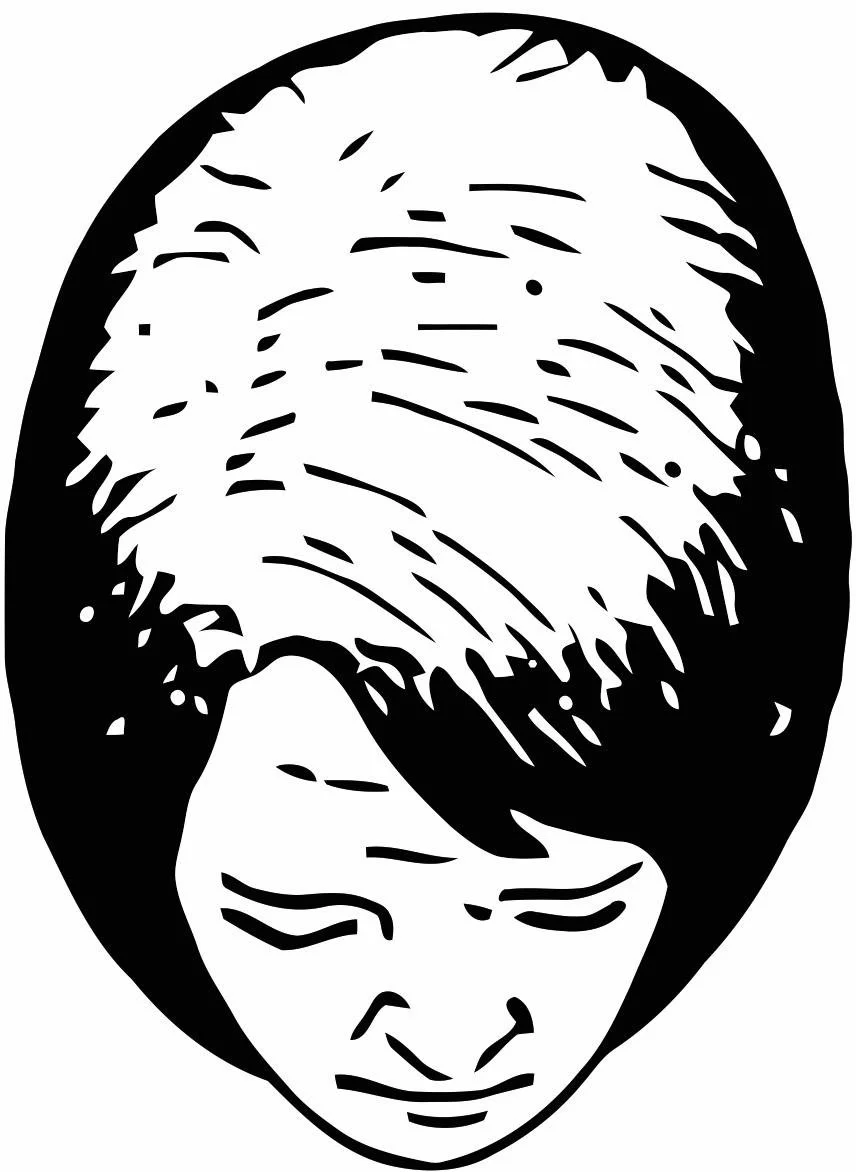What is Female Hair Loss?
Female Pattern Hair Loss (FPHL) is more common than we think. FPHL is a thinning or miniaturization of the hair on the top or crown of the head. Female pattern hair loss is sometimes referred to as Androgenic Alopecia or Androgenetic Alopecia.
Self-diagnosis is often ineffective. Women tend to have less obvious patterns of hair loss than men, and non-pattern types of hair loss are more frequent in women than in men. Diagnosis of hair loss in a woman should be made by a trained and experienced physician.
In women as in men, the most likely cause of scalp hair loss is androgenetic alopecia—an inherited sensitivity to the effects of androgens (male hormones) on scalp hair follicles. However, women with hair loss due to this cause usually do not develop true baldness in the patterns that occur in men — female hair loss occurs in various patterns and is often diffuse vs. bald.
Patterns of female androgenetic alopecia can vary considerably in appearance but generally fall in to 3 classes found as depicted in the Ludwig scale.
Contrary to popular belief, female hair loss is relatively common. Some 30 percent of women will experience at least some degree of thinning. But female hair loss is not always like male patterned baldness.
For one thing, it can look very different. While men tend to get bald spots, often beginning with a receding hairline, women might have neither. Instead, they might experience thinning all over. Female hair loss is typically mild and gradual although it may be accelerated by hormonal changes such as pregnancy or menopause. Although women generally find it easier to conceal hair loss with hair styling techniques, they often suffer more than their male counterparts from the psychological impact of the condition and the societal belief that thinning hair is normal for men but unheard of for women.
Diffuse hair loss presents a different challenge than male pattern baldness, therefore female hair restoration requires careful diagnosis of the underlying problem as well as the selection of appropriate and effective therapies.
The good news is that Advanced Hair Restoration can help you determine the cause of your thinning hair and offer real solutions. Imagine not having to disguise your thinning hair with careful combing, styling products, or even hats and wigs!
Call Advanced Hair today to schedule your consultation.
Grade I
Grade II
Grade III
The Ludwig Scale
The Ludwig Scale can be used to categorize typical hair loss patterns in women. Typical hair loss is divided into 3 categories and sub-categories.
Type I shows a general thinning at the center part, type II shows thinning progressing to the crown of the head, type III shows nearly full hair loss at the crown.
hair loss in women does not have as clear a cause as male pattern baldness. Women with hair loss often suffer from diffuse thinning all over the scalp rather than in a distinct pattern. This hair thinning is sometimes temporary and can be caused by a variety of factors tied to the actions of hormones, including: thyroid conditions, pregnancy, and menopause. Where illness or underlying hormonal conditions are not the cause, DHT acting on an overabundance of androgen receptors in hair follicles, appears to be the culprit in thinning and hair loss in women (as it is the case with men). Female hormones are thought to influence the time of onset, severity, and pattern of loss experienced by women.
When considering hair transplant surgery, women should first consult a specialist to rule out causes such as illness and hormonal influences.





